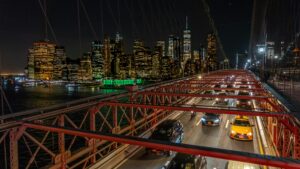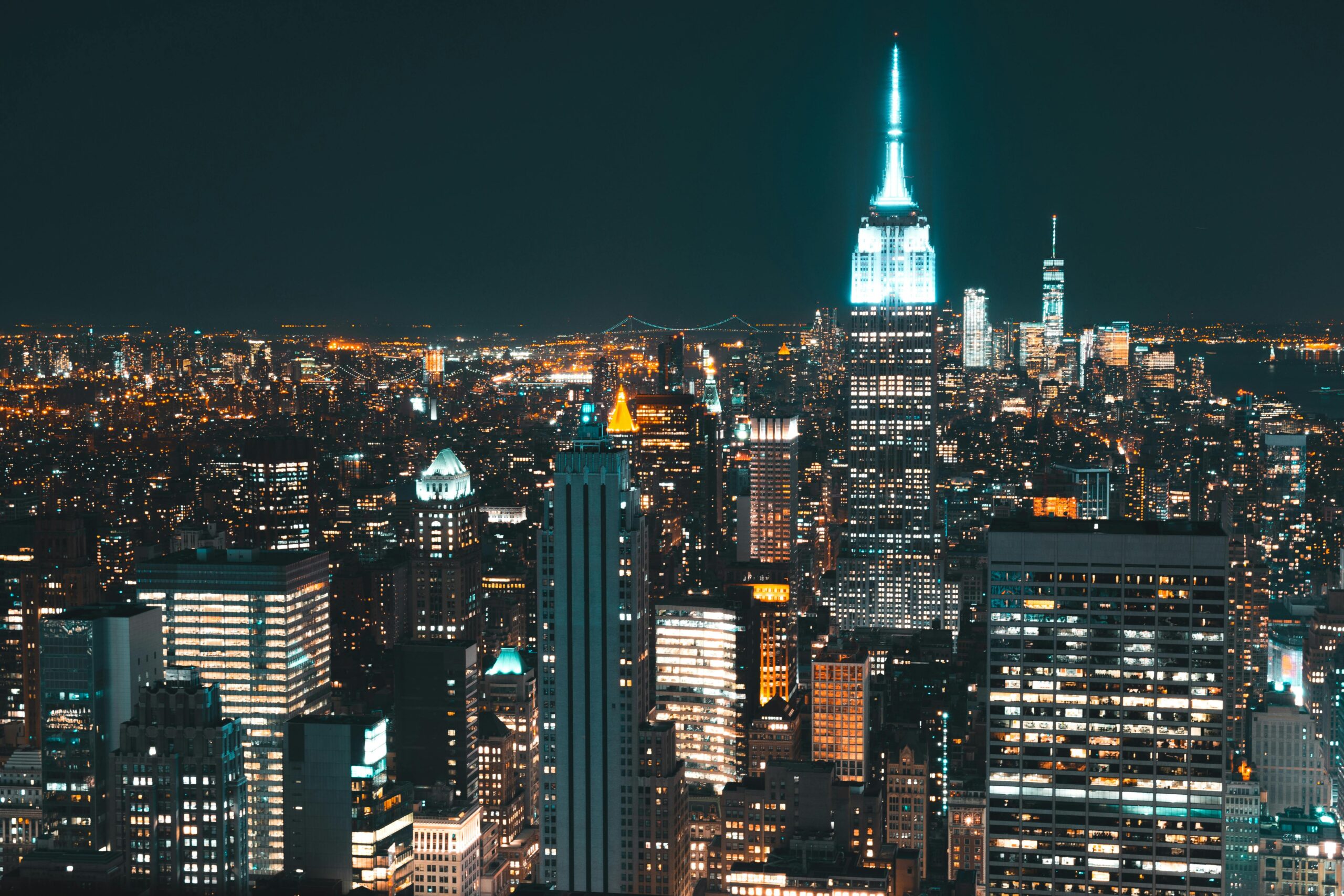United States
The United States of America (USA), a nation of vast diversity and significant global influence, stands as a beacon of democracy, innovation, and cultural richness. Spanning 50 states, the USA is renowned for its dynamic history, diverse landscapes, and pivotal role in shaping modern geopolitics and economics.
Historical Background
The history of the United States is marked by a tapestry of colonial beginnings, revolutionary fervor, and transformative growth. The journey began in 1607 with the establishment of Jamestown, the first permanent English settlement. The quest for independence culminated in the Declaration of Independence in 1776, leading to the American Revolutionary War against Great Britain. This period laid the foundation for a new nation built on principles of liberty, equality, and democratic governance.
Following the Revolutionary War, the Constitution of the United States was ratified in 1788, establishing the framework for federal government and law. The 19th century was characterized by rapid expansion and industrialization, including the Louisiana Purchase of 1803 and the westward movement fueled by the belief in Manifest Destiny. The Civil War (1861-1865), a significant chapter in American history, addressed the deep-seated issues of slavery and state rights, leading to the eventual abolition of slavery and the beginning of Reconstruction.
Economic Development and Global Influence
In the 20th century, the United States emerged as a global superpower, with its economic influence marked by the Great Depression and subsequent recovery through World War II. Post-war America saw an era of prosperity and growth, fueled by technological advancements and the rise of consumer culture. The American Dream became a symbol of opportunity and success, drawing immigrants from around the world.
The late 20th and early 21st centuries have seen the USA continue its role as a global leader in various fields, including technology, finance, and culture. The Silicon Valley innovation hub has become synonymous with technological advancement, while cities like New York and Los Angeles are recognized as global centers for finance and entertainment, respectively. The United States’ economic policies and innovations have a profound impact on the global economy, influencing trade, technology, and international relations.
Geographical and Cultural Diversity
The geographical landscape of the United States is incredibly diverse, ranging from the Alaskan tundra and the Hawaiian islands to the Great Plains and the Appalachian Mountains. Each region offers unique natural beauty and recreational opportunities. The Grand Canyon in Arizona, the Everglades in Florida, and Yellowstone National Park in Wyoming are among the most renowned natural landmarks that attract millions of visitors annually.
Culturally, the United States is a melting pot of traditions, languages, and customs due to its history of immigration and cultural exchange. This diversity is reflected in its cuisine, festivals, and daily life. From the jazz roots of New Orleans to the tech-driven culture of Silicon Valley, the United States offers a rich cultural tapestry that continues to evolve and influence the world.
Political Structure and Governance
The United States operates as a federal republic with a system of checks and balances among three branches of government: the Executive, the Legislative, and the Judicial. The President, elected every four years, serves as the head of state and government, while the Congress (comprising the Senate and the House of Representatives) is responsible for legislative functions. The Supreme Court oversees judicial matters, ensuring that laws and policies adhere to the Constitution.
The political landscape is marked by a vibrant democratic process, with frequent elections and a diverse array of political parties and ideologies. This system allows for a dynamic and often contentious political environment, reflecting the varied perspectives and interests of its citizens.
Education and Innovation
The United States is home to some of the world’s most prestigious educational institutions, including Harvard University, MIT, and Stanford University. These institutions are at the forefront of research and innovation, contributing significantly to advancements in science, technology, and the arts. The emphasis on higher education and research has positioned the United States as a global leader in various fields, including medicine, engineering, and social sciences.
Challenges and Future Outlook
Despite its achievements, the United States faces a range of challenges, including economic inequality, racial and social justice issues, and political polarization. Addressing these challenges requires continued commitment to the nation’s core values of democracy and equality.
Looking ahead, the United States is poised to continue its role as a global leader, leveraging its innovative spirit and cultural diversity to navigate future challenges and opportunities. The nation’s capacity for adaptation and resilience will be crucial in shaping its trajectory in an increasingly interconnected world.
In conclusion, the United States of America remains a pivotal force on the global stage, with its rich history, diverse landscape, and dynamic culture. Understanding its past and present offers valuable insights into its future direction and impact on the world.
Posts
FAQ

The United States offers a wide variety of tourist destinations, each offering unique experiences. Some of the most popular include:
- New York City: Known for landmarks like the Statue of Liberty, Times Square, and Central Park.
- Las Vegas: Famous for its vibrant nightlife, casinos, and entertainment shows.
- Grand Canyon: A natural wonder in Arizona, offering breathtaking views and outdoor activities.
- Walt Disney World in Orlando, Florida: A family-friendly destination with theme parks and attractions.
The best time to visit the United States depends on the destination and the type of activities you’re interested in. Generally:
- Spring (March to May): Ideal for visiting national parks and cities with mild weather.
- Summer (June to August): Perfect for beach vacations, outdoor festivals, and family trips, though some places can be crowded.
- Fall (September to November): Great for experiencing fall foliage in places like New England and enjoying cooler temperatures.
- Winter (December to February): Best for skiing in the mountains or visiting warmer destinations like Florida and Southern California.
Tourists visiting the United States typically need a tourist visa (B-2) unless they are from a country that is part of the Visa Waiver Program (VWP). Visitors from VWP countries can travel to the U.S. for tourism purposes for up to 90 days without a visa but must apply for authorization through the Electronic System for Travel Authorization (ESTA). It’s important to check specific visa requirements based on your nationality before planning your trip.

The United States offers a wide range of transportation options for tourists:
- Air Travel: The most common way to travel between distant cities, with numerous airports and domestic flights.
- Car Rental: Popular for road trips and exploring regions at your own pace, especially in areas with limited public transportation.
- Public Transit: Available in most major cities, including buses, subways, and light rail systems.
- Trains: Amtrak provides intercity rail services, though routes are limited compared to other forms of transportation.
- Taxis and Rideshares: Widely available in cities and popular tourist areas, with services like Uber and Lyft.
The United States is generally a safe destination for tourists, but it’s important to follow some basic safety tips:
- Stay Informed: Keep up with local news and any travel advisories, especially if you’re visiting areas prone to natural disasters.
- Be Aware of Your Surroundings: Particularly in crowded areas or unfamiliar neighborhoods.
- Secure Your Belongings: Use hotel safes and be mindful of pickpockets in tourist-heavy areas.
- Health Insurance: Consider purchasing travel insurance that includes health coverage, as medical costs in the U.S. can be high.
- Emergency Numbers: In case of emergencies, dial 911 for police, fire, or medical assistance.


